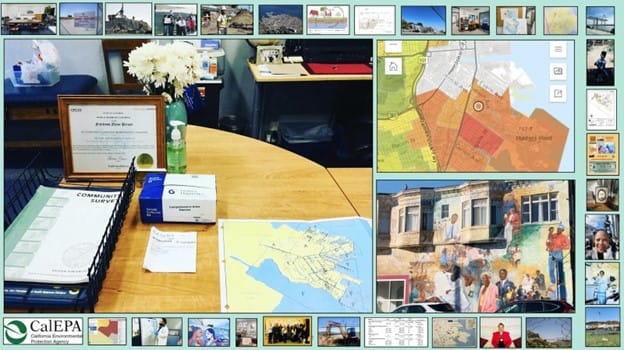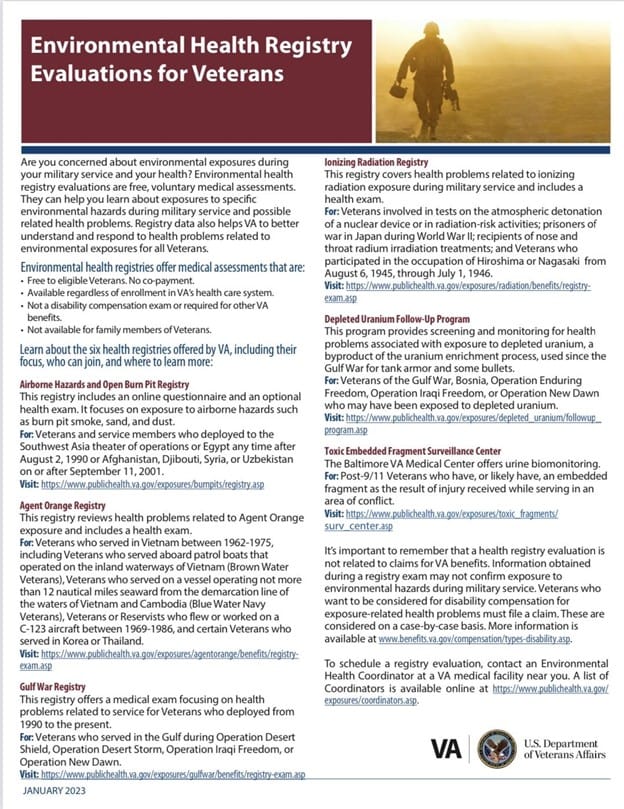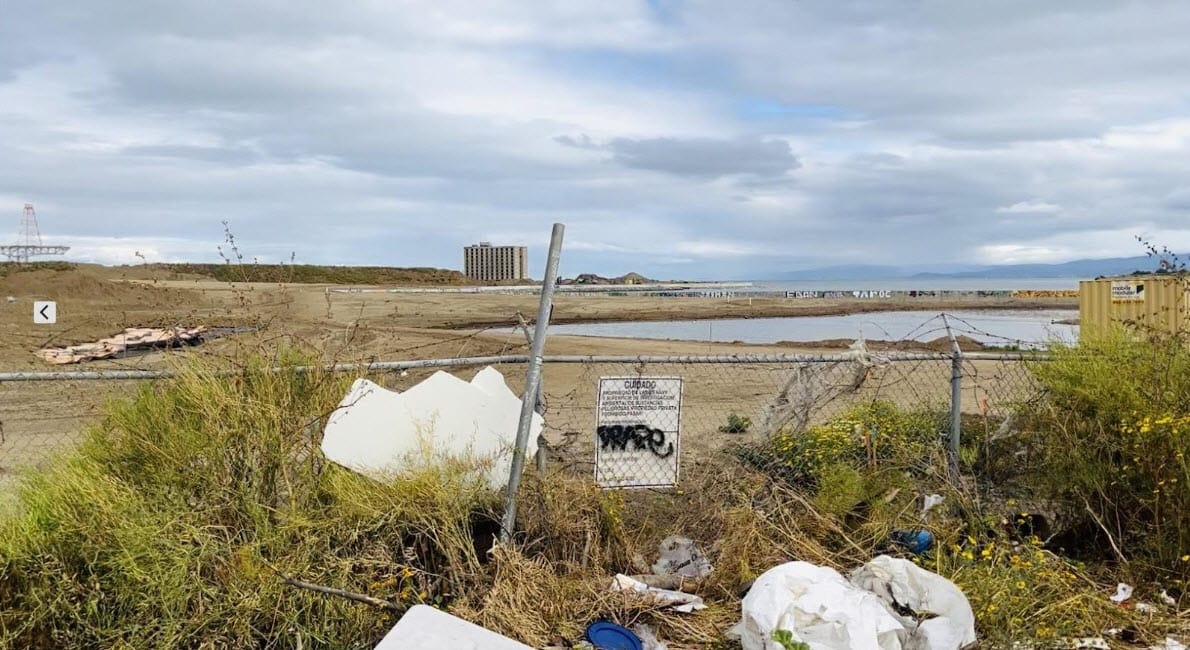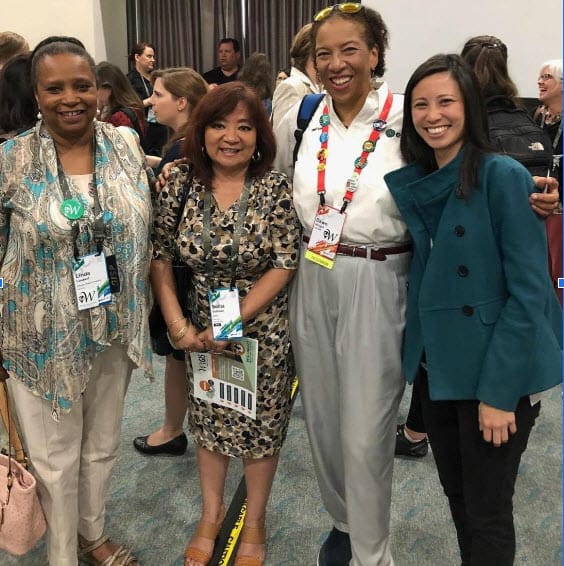
2019-2024 Findings
“In April 2014, Flint’s drinking water source was changed from the Great Lakes to the Flint River. Without corrosion control treatment, the corrosive water … exposed governmental indifference towards a predominantly poor and minority population.
“In a city already struggling with major disparities, the Flint water crisis added the burdens of population-wide lead-in-water exposure, Legionnaires disease, skin disorders, and the overwhelming trauma of governmental betrayal and broken trust.” – Flint Registry
Flintregistry.org
Recognizing the potential for long term, citywide, intergenerational health impacts from exposure to lead, the Greater Flint Michigan Health Coalition proposed establishing the Flint Lead Exposure Registry in 2016. The Flint Water Taskforce, lead by a Flint resident appointee, advocated for the creation of a toxic registry.
Lead poisoning may cause permanent effects, even in small amounts, by disrupting function of the nervous, digestive, respiratory and reproductive systems. The greatest risk is to brain development in children, where irreversible damage can occur. Lead can accumulate in bone with a half life of 30 years.
In 2017, the Michigan Department of Health and Human Services sponsored a grant to the Michigan State University Pediatric Public Health Initiative to develop a toxic registry. Congress funded a four-year grant (2017-2021) to the Centers for Disease Control and Prevention (CDC) to create the Flint Lead Exposure Registry.
Toxic registries are institutes created to offer populations of exposed people comprehensive medical, legal and social services along with relocation advocacy and monitoring for emerging toxic health effects among members of a family, a community and future generations.
Toxic registries collect “biosamples” from people who consent to have their blood, urine, hair or breast milk tested for toxic chemicals. The most dangerous chemicals commonly detected include arsenic, benzene, cadmium, chromium, lead, mercury, PCBs, pesticides and PFAS. These toxins are being detected in urine tests conducted on residents living and working within the one mile perimeter of the Hunters Point Naval Shipyard Federal Superfund System.
The federal public health agency charged with responding to and protecting people from harmful chemical exposures is the Agency for Toxic Substances and Disease Registry (ATSDR). ATSDR hosts a Toxic Substances Web Portal that makes it easy for researchers and exposed individuals to find information about toxic chemicals, their impact on health and ways to mitigate, treat and prevent exposure. [Toxic Substances Portal for ATSDR: https://www.atsdr.cdc.gov/features/toxicsubstances/index.html.]
The nation’s largest toxic registries are Environmental Health Registries operated by the Veterans Administration. Veterans exposed to toxins are eligible to undergo a voluntary medical assessment. Each registry is administered by a local VA Environmental Health Coordinator.
In 1997, I served as Environmental Health Coordinator at the Palo Alto VA. In that capacity, I interviewed Persian Gulf vets exposed to depleted uranium and atomic era vets exposed to ionizing radiation.

The World Trade Center Health Program is a model toxic registry for a large and diverse population of residents, workers and survivors exposed to toxic dust and airborne chemicals during 9/11.
The Hunters Point Community Toxic Registry is modeled after the World Trade Center Health Program. WTC Health Program provides medical monitoring and treatment of health conditions for 9/11 responders and survivors and pays for treatment of certified health conditions. These conditions include asthma, chronic bronchitis, chronic laryngitis and respiratory disorders and interstitial lung disease. Select cancers, digestive disorders and mental health conditions are also covered. Additionally, the World Trade Center Health Program offers a research archive and publications.
Atomic bomb registries in Japan began operating in the 1950’s as the Atomic Bomb Casualty Commission to investigate health effects and transgenerational effects of atomic bomb irradiation.
The reveal!
Compiled with the assistance of environmental consultant and GIS analyst Solana Foo, the Phase 1 Cohort of the Hunters Point Community Toxic Registry consists of 75 residents and resident-workers, the majority of whom currently live within the half mile perimeter of the Hunters Point Naval Shipyard Federal Superfund System.
A digital mapping documents the location of residents entered into the Phase I Cohort:
In addition to logging enormous body burdens of toxic chemicals in residents living in proximity to the Superfund system, the registry allows for analysis of nutrient status and associated health impacts in family and household members and neighbors nearby. Key findings of the Toxic Registry are:
1. The majority of registrants currently live east of Third Street between Evans and Jamestown in a region within six blocks of the Hunters Point Naval Shipyard (HPNS) federal Superfund site, Parcel E-2 landfill and shoreline and Yosemite Slough federal Superfund site.
2. Residents vary in age, race, ethnicity, gender, body composition, educational attainment and socioeconomic status. The severity of exposure to toxic chemicals is linked to proximity to the Superfund system and duration of exposure.
3. Geospatial mappings of cancer and chemical clusters are densely distributed within the half mile perimeter of the Superfund system.
4. Anomalous findings within these clusters include three women – two sisters and the daughter of the oldest sister – who lived in the same household on the Hunters Point hilltop diagnosed with breast cancer of the left breast.
5. The minister of a church built by his father located one block west of the Crisp Road entry to the NRDL laboratory complex and Parcel E-2 landfill was diagnosed with two different brain cancers in two different regions of his brain and high arsenic levels on biomonitoring screening.
6. A shipyard artist and neighbor of the minister, living two blocks west of the Crisp Road entry to the radiation laboratory complex, was diagnosed with multiple recurrent brain tumors and breast cancer and her companion dog died of a sarcoma in 2021. High levels of arsenic, cesium, thallium, strontium and lead were detected on two biomonitoring tests.
7. Three wrongful childhood cancer deaths of children aged 2 to 10 living within a quarter of a mile to eight blocks from the NRDL radiation laboratory.
8. Cancer and disease clusters in families and neighbors living on Quesada Avenue adjacent to the Quesada Gardens Initiative are located on a direct trajectory six blocks west of the Parcel E-2 landfill.
9. Chemical and cancer clusters are found along the western fence line of the Superfund site and landfill where biomonitoring screenings detect the most dangerous body burdens of chemicals and radionuclides of concern and state of California Proposition 65 listed cancer-causing chemicals.
10. A family of three with high levels of uranium detected, a family of four with high levels of vanadium detected and two sisters living in the same household four blocks west of the fence line with the same four chemicals detected in high concentrations and a family of siblings born and raised on the Hunters Point hilltop who moved to Mission Bay were found. On biomonitoring screening of two siblings, a profile of toxins commonly found in current residents is detected including cadmium. The siblings’ father died in 2023 of chronic lymphocytic lymphoma, a daughter was diagnosed with leukemia, and another daughter was born with congenital birth defects of the GI tract. The daughter of another sibling was born with congenital birth defects.

Completing the link between exposure science and toxicology to advance environmental public health
Advances in human biomonitoring, geographic screening, mapping, enforcement and analytic tools are advancing environmental public health and community exposure research in Bayview Hunters Point and nationwide. [See https://pubmed.ncbi.nlm.nih.gov/26759916/.]
The National Academies of Sciences, Engineering and Medicine are launching a new study on cumulative impact assessment to address the need to better understand and manage cumulative exposures, health risks and other impacts experienced in diverse populations.

The Hunters Point Community Toxic Registry Phase II Cohort will expand this year to include demographic and personal identifying data including race, gender, BMI. Biomonitoring screenings will expand to include the three mile perimeter of the Superfund site incorporating San Francisco County, South Central Bayview and Hunters Point Census Data. [See http://censusreporter.org/profiles/79500US0607507-san-francisco-county-south-central-bayview-hunters-point-puma-ca/.]
Both the Bayview Clinic and the Southeast Health Center have been offered the opportunity to test BVHP residents and workers using the Genova Diagnostics Comprehensive Urine Elements Profile capable of detecting 35 toxic and nutrient elements.
SF Bay View Health and Environmental Science Editor Ahimsa Porter Sumchai, MD, PD, founder and principal investigator for the Hunters Point Community Biomonitoring Program, founding chair of the Hunters Point Naval Shipyard Restoration Advisory Board’s Radiological Subcommittee and contributor to the 2005 Draft Historical Radiological Assessment, can be reached at AhimsaPorterSumchaiMD@Comcast.net. Dr. Sumchai is medical director of Golden State MD Health & Wellness, a UCSF and Stanford trained author and researcher, and a member of the UCSF Medical Alumni Association Board of Directors.





